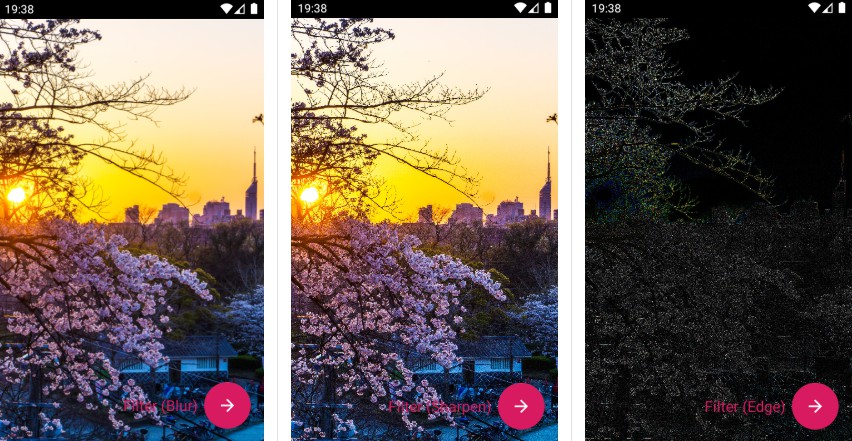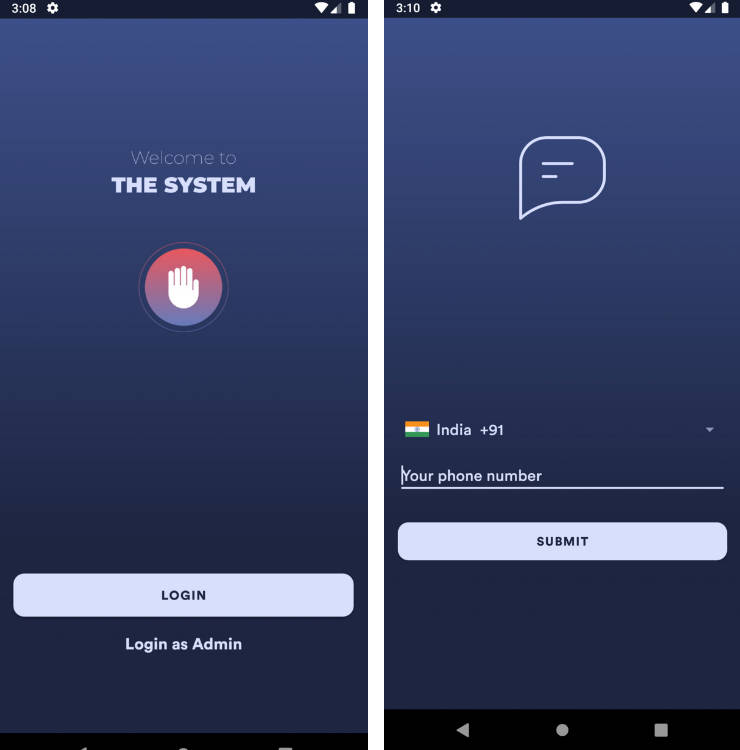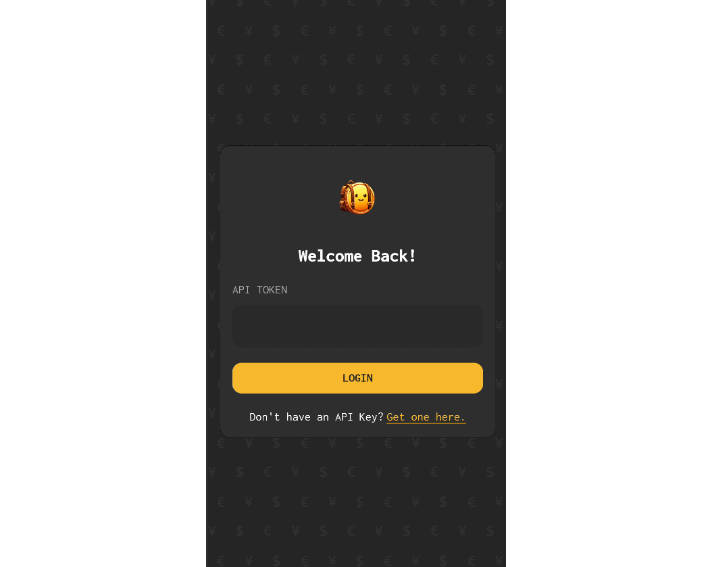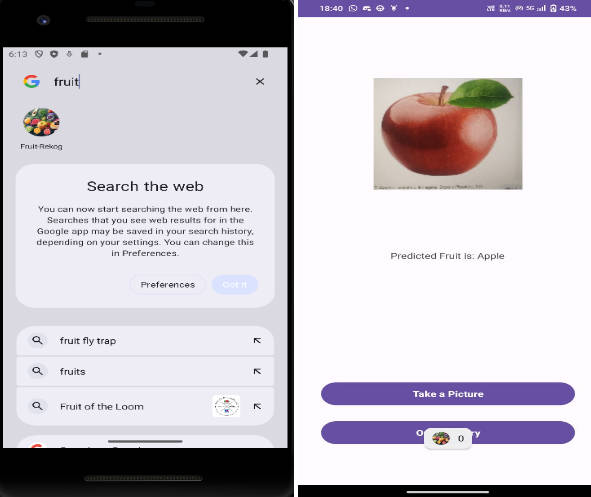StoryView
StoryView is an Android Library for displaying stories like Facebook.
Setup
1. Add the gradle dependency
Add JitPack repository to your root build.gradle at the end of repositories:
allprojects {
repositories {
...
maven { url 'https://jitpack.io' }
}
}
Add the dependency:
dependencies {
implementation 'com.github.OMARIHAMZA:StoryView:1.0.2-alpha'
}
2. Create the StoryView
You have two options, the first one is to use the same header (what I mean by header is the logo, title and the subtitle) for all the images in the story, or to define a custom header for each image.
Let's start first by creating the stories.
A. Constructing the Stories
You have to pass to the library's builder an ArrayList of 'MyStory' where MyStory represents a single story (clearly) and contains the following members:
-
String url (Required/NotNull): The link of the image
-
Date date (Optional/Nullable): The date when the story got posted (If you have the date as a String, use a SimpleDateFormat to parse it into a Date object)
-
String description (Optional/Nullable): The description of the story which gets displayed as shown in the screenshot below:

If you don't want to display a description along with the image just pass the description as null or as an empty String and it will not be displayed.
- Example code:
Another option is to use the second constructor which takes the url and the date only.
- Example code:
Now, lets construct the Stories ArrayList:
Assume we have an ArrayList of 'Story' where the single 'Story' contains the fields (imageUrl & date):
Simple! Right?
B. Construction the Header(s)
B.1 Option one (The same header for all the images)
B.2 Option two (Custom header for each image)
This process is similar to the process of constructing the stories list, instead we have to create an ArrayList of 'StoryViewHeaderInfo' which contains the following fields:
-
String title
-
String subtitle
-
String titleIconUrl
Let's construct the ArrayList
Assume the same previous example (the ArrayList of Story) but each story in this list has a different person who posted it.
Now the story contains these additional fields (username: String, userLocation: String, userImageUrl: String)
B.3 Finally, pass the ArrayList to the Builder:
And that's it!!





